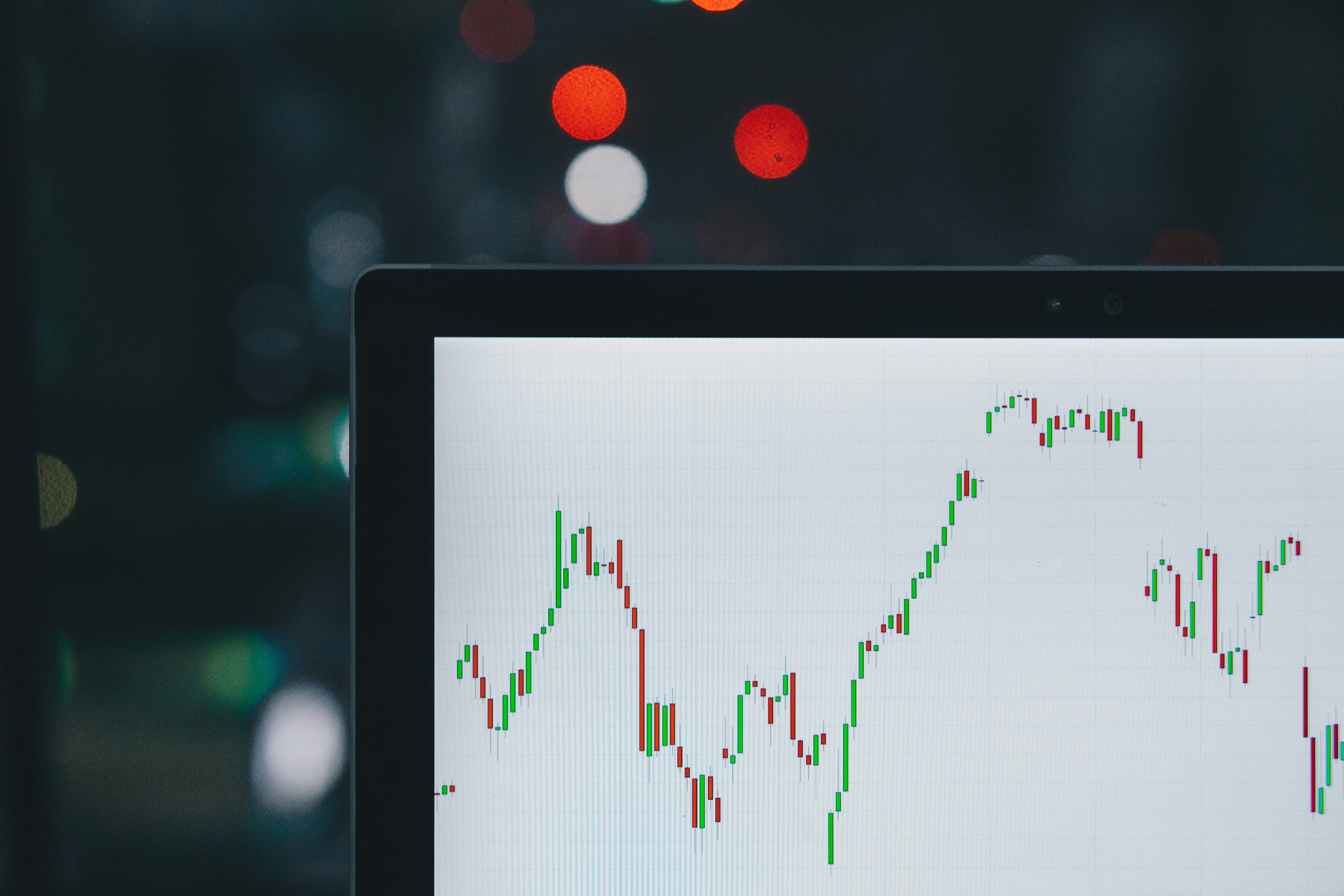The idea of digital twinning has been around since NASA used it in reconstructing conditions and attempting to save the Apollo 13 mission. Due to the massive computing and communication power required to create digital twins, their use has been restricted to large governmental or corporate entities possessing extensive resources. The cloud is changing that dynamic.
Leveraging sensor data from the Industrial Internet of Things (IIoT) and cloud services offer new methods of monitoring and analyzing industrial processes and other complex systems. Combining advanced technologies such as artificial intelligence (AI), machine learning (ML), big data analytics, and sensor telemetry allows digital clones to be used for simulating and optimizing processes in fields as diverse as manufacturing and healthcare.
The economy of scale offered by cloud providers enables organizations of any size to reap the benefits of digital twinning without the expense of financial investment in proprietary computing resources. Numerous enterprises are turning to digital twinning to monitor their production lines and processes. The benefits of deploying a digital twin include:
- Predicting the future behavior of a system or device;
- Avoiding failures and increasing accuracy;
- Reducing costs;
- Developing composite systems that link two independent but related processes.
Here are a few examples of the power of cloud computing being used to create digital twins in business and industry.
Kaeser Kompressoren
This German global air compressor manufacturer has turned the digital twin concept into a successful business model. The company essentially sells air as a service by using the cloud to create a digital twin of installed equipment at customer sites. This enables Kaeser to charge customers based on their actual usage rather than a flat rate. It has also led to a 30% reduction in manufacturing costs. Using the digital models at their disposal allows the company to develop predictive maintenance procedures that address problems before they arise and limit downtime.
Willow
The Australian technology company Willow is using Microsoft Azure’s digital twins to create simple and intuitive representations of buildings and infrastructures. Incorporating all pertinent information concerning the structure such as warranties and maintenance manuals, Willow allows personnel to experience a virtual three-dimensional model. The model can be used by technicians to remotely diagnose a problem with physical processes that lead to addressing the issues in a timely manner.
GE Wind Farms
GE has digitally twinned their gas, steam, and wind turbines with an eye toward fostering innovation and increasing efficiency. They feed the digital replicas in the cloud with data from physical turbines and use them to experiment with various scenarios designed to optimize the device’s ability to generate electricity.
The ability to use digital twins for monitoring and improving business processes is a powerful tool that is being made available to enterprises of any size through the use of cloud services. Digital twins are an excellent illustration of how the cloud can provide advanced technology to address problems and develop solutions across many aspects of society.




































